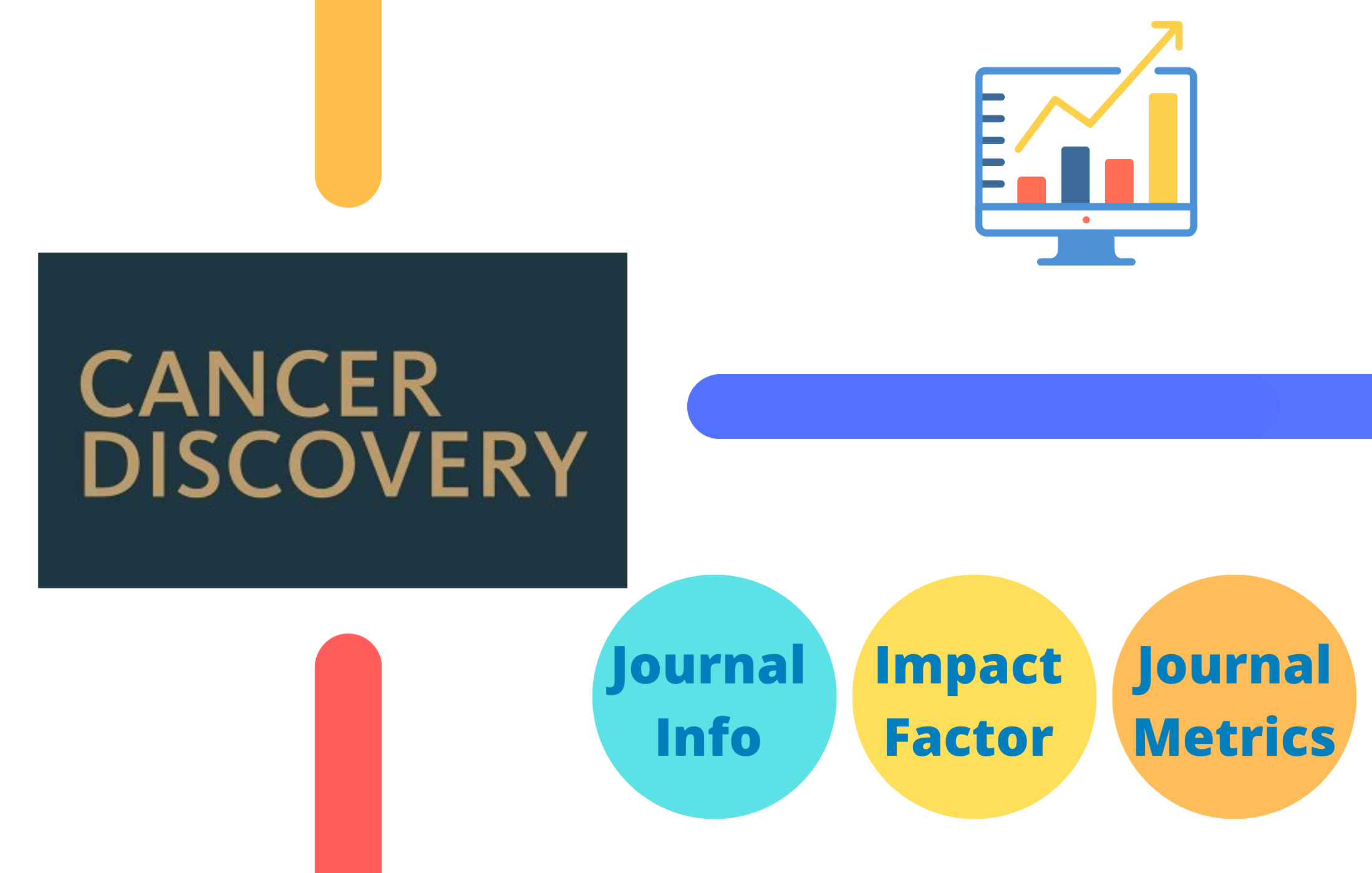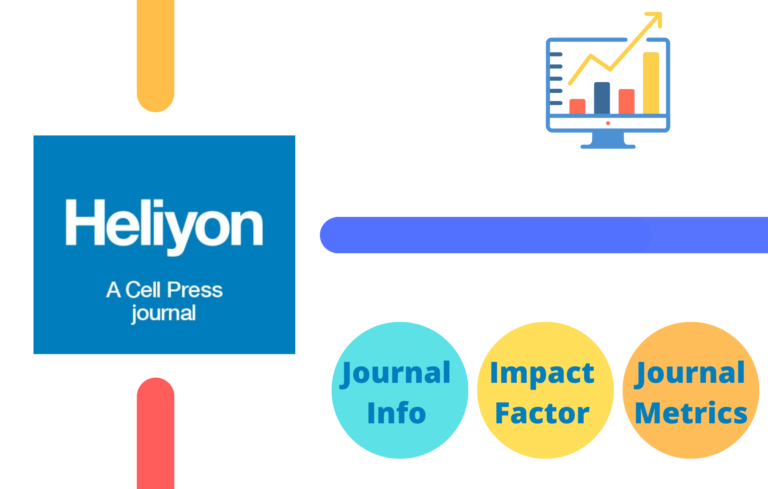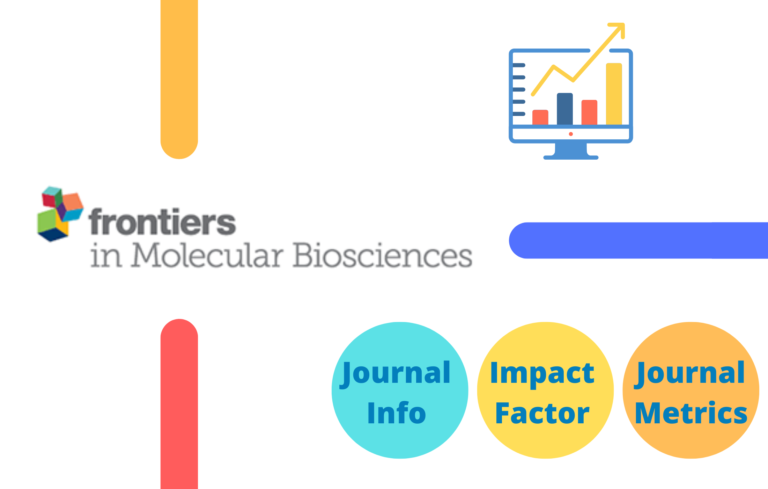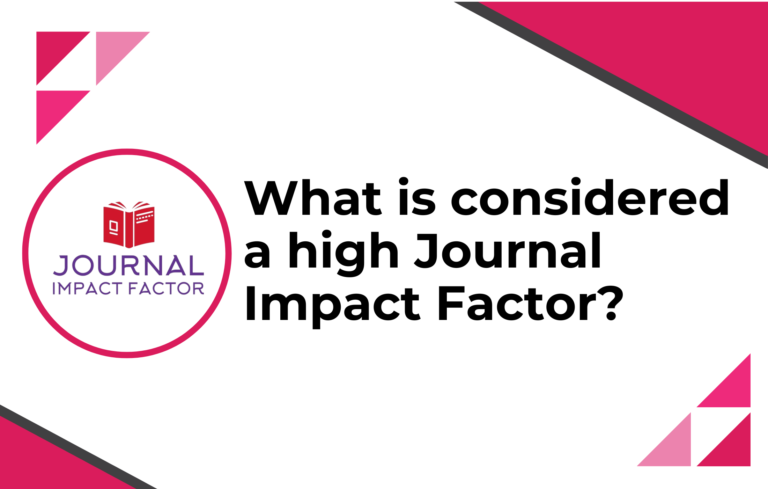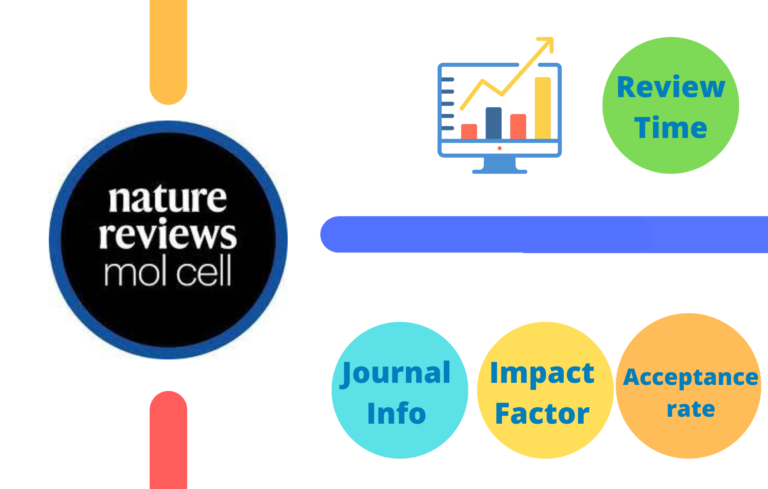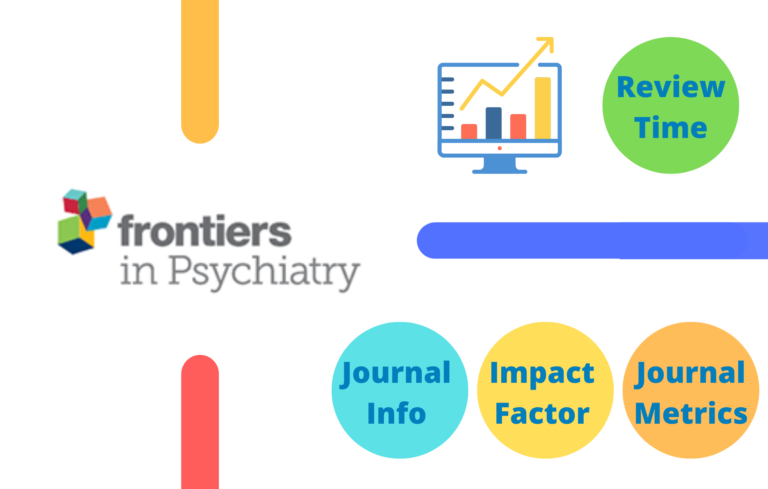Here in this post, apart from Cancer Discovery Impact Factor, I have tried to compile all the necessary information a research scholar would seek before publishing an article in the journal.
About Cancer Discovery Journal
Cancer Discovery is a monthly peer-reviewed medical journal published by the American Association for Cancer Research. It covers research and clinical trials related to the study of cancer.
Impact Factor of Cancer Discovery
Impact Factor (IF) or often called journal impact factor (JIF) is an index provided by an analytics company named Clarivate. The impact factor is calculated by dividing the number of times the articles are cited in the last two years by the total number of publications in those two years.
For example,
- Total Citations in 2020 and 2021 = 5000
- Total Number of Publications in 2020 and 2021 = 500
- Impact Factor of the Journal in 2022 = 500/100 = 10
Cancer Discovery Impact Factor (2017-2022)
- Cancer Discovery Impact Factor 2017 – 24.373
- Cancer Discovery Impact Factor 2018 – 26.370
- Cancer Discovery Impact Factor 2019 – 29.497
- Cancer Discovery Impact Factor 2020 – 39.397
- Cancer Discovery Impact Factor 2021 – 38.272
- Cancer Discovery Impact Factor 2022 – 28.2 (Updated June 2023)
Cancer Discovery H-index
The h index is a metric for evaluating the cumulative impact of an author’s scholarly output and performance; measures quantity with quality by comparing publications to citations.

The h index of Cancer Discovery Journal is 187, which means among all the published articles in this journal, 187 of these publications have received at least 187 citations each.
Cancer Discovery Journal Metrics
Cancer Discovery CiteScore
CiteScore (CS) of an academic journal is a measure reflecting the yearly average number of citations to recent articles published in that journal.
| Cites / Doc. (3 years) | 2018 | 6.541 |
| Cites / Doc. (3 years) | 2019 | 7.679 |
| Cites / Doc. (3 years) | 2020 | 8.225 |
| Cites / Doc. (3 years) | 2021 | 9.070 |
| Cites / Doc. (2 years) | 2018 | 6.988 |
| Cites / Doc. (2 years) | 2019 | 7.559 |
| Cites / Doc. (2 years) | 2020 | 7.340 |
| Cites / Doc. (2 years) | 2021 | 8.027 |
Cancer Discovery SCImago Rank
The SCImago Journal Rank (SJR) indicator is a measure of the scientific influence of scholarly journals that accounts for both the number of citations received by a journal and the importance or prestige of the journals where the citations come from.
| Year | SCImago Journal Rank (SJR) |
|---|---|
| 2018 | 7.751 |
| 2019 | 7.513 |
| 2020 | 6.795 |
| 2021 | 6.084 |
Cancer Discovery Editorial Board Members
- Chief Editor | Lewis C. Cantley, Luis A. Diaz
- Senior executive editor | Robert Kruger
- Executive editor | Elizabeth S. McKenna
Cancer Discovery Publication Fee
Cancer Discovery is an open-access journal. The publication fee for Cancer Discovery is $4,900
Cancer Discovery Review Time
Cancer Discovery prioritizes rapid publication and uses single-blind peer review, which is standard across Cell Press journals.
| First decision without peer-review | 3.8 days after submission |
| First decision with peer-review | 34 days after submission |
Cancer Discovery Reference Style
Journal article
Warrell RP Jr, Frankel SR, Miller WH Jr, Scheinberg DA, Itri LM, Hittelman WN, et al.
Differentiation therapy of acute promyelocytic 584 leukemia with tretinoin (all-trans-retinoic acid). N Engl J Med 1991;324:1385–93.
Book chapter
Yuspa SH, Hennings H, Roop D, Strickland J, Greenhalgh DA. Genes and mechanisms involved in malignant conversion. In: Harris CC, Liotta LA, editors. Genetic mechanisms in carcinogenesis and tumor progression. New York: Wiley-Liss; 1990. p.115–26.
Article in press
Articles in press at a peer-reviewed journal may be listed among the references. The author must provide a DOI to the editor to verify that the article is in press at the indicated peer-reviewed journal.
Website
Online tools, databases, and other functional resources should be cited by including the RRID next to the tool or resource name in the main text of the manuscript. Materials published online, but not in a citable journal, should use the format:
AMA Office of Group Practice Liaison. [cited 2010 Aug 15]. Available from: http://www.ama-assn.org/ama/pub/category/1736.html.
Preprint
A preprint version of an article published in bioRxiv or other preprint repository should be cited in the body of the manuscript where a reference number would appear for a conventional reference. Please use the following format: (bioRxiv 2022.06.24.497515). To avoid confusion between peer-reviewed and non-peer reviewed papers, do not place preprint references in the reference list.
Unpublished data and information
Unpublished data or other information from a non-author should be cited as “unpublished observation(s)” or “personal communication” in the main text. Written permission from the source should be submitted with the manuscript.
Cancer Discovery Endnote Style
You can download the Cancer Discovery Endnote Style and Cancer Discovery Zotero Style
Cancer Discovery Abbreviation
The ISO 4 standard abbreviation for abstracting, indexing, and referencing purposes of Cancer Discovery is “Cancer Discov.”
Cancer Discovery Acceptance Rate
The acceptance rate of a journal is the ratio of the number of articles submitted to the number of articles published.
The average acceptance rate of Cancer Discovery journal is 22%
Cancer Discovery Indexed in
Science is indexed in Scopus, SCImago, Web of Science, and UGC journal ranking



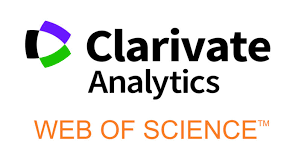
Read More
